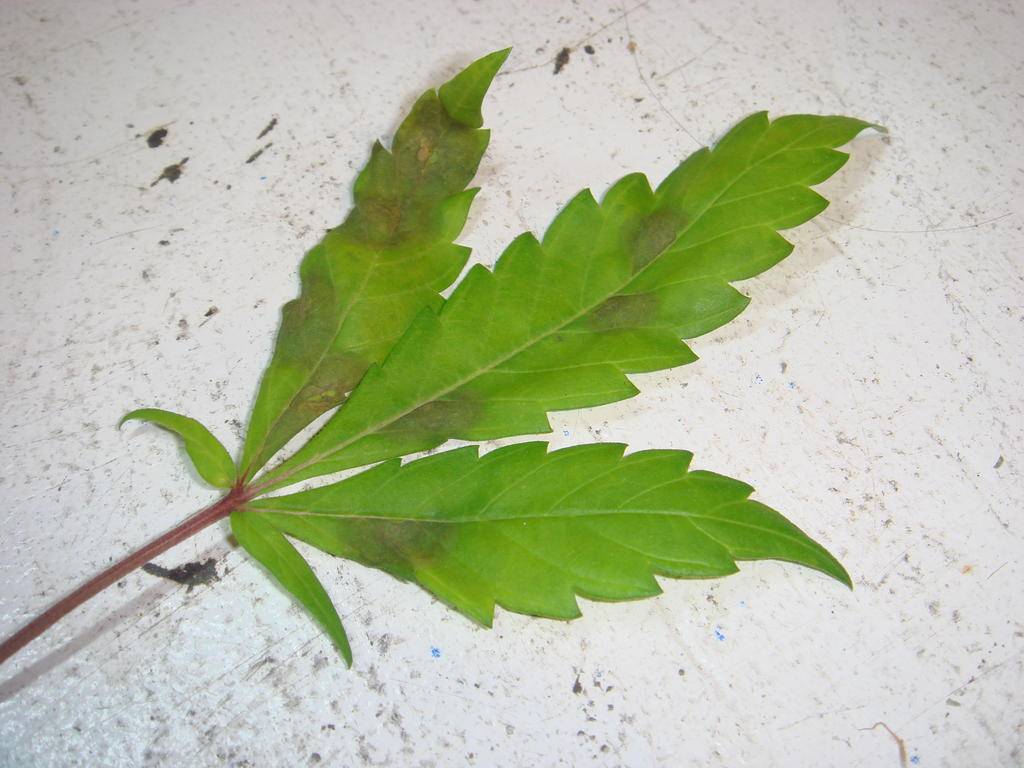RipVanWeed
Member
JMan,
The end of your last post describes my situation exactly.
*"The major issue I find is many growers feed primarily bacteria in organic growing, ultimately leading to higher pH environments."*
I use OBBT buckets and try to encourage fungi growth, but it seems the bacteria out do the fungi. In an effort to minimize the rising Ph, I bubble the Tea's till foamy (7.4), then Ph down to 6.2.
Check the runoff the next day 7.8! I tried applying EJ unbrewed and my plants suffered, Ph spotting...
I'm about to make up another batch of medium, could youm suggest any changes? Planning to add more Perlite to the mix for the sativa's as they like it drier/more airy that the indies.
Current mix:
50% CannaCoco
17% Perlite
17% Vermiblend Soil Addmendment
17% FFOF
Then I mix in per Gal:
1 TBL Kelp Meal
1 tsp Dolomite Lime (prilled)
1/4 tsp Epsom Salt
sprinkle of MycoMadness
I melt the lime and epsom salt in warm water before adding. I also dribbled in some molasses and liquid kelp.
2nd run where I've struggled with climbing Ph, twisted leaves, and Ph spotted leaves.

Any thoughts?
Thanks, Much Respect,
The end of your last post describes my situation exactly.
*"The major issue I find is many growers feed primarily bacteria in organic growing, ultimately leading to higher pH environments."*
I use OBBT buckets and try to encourage fungi growth, but it seems the bacteria out do the fungi. In an effort to minimize the rising Ph, I bubble the Tea's till foamy (7.4), then Ph down to 6.2.
Check the runoff the next day 7.8! I tried applying EJ unbrewed and my plants suffered, Ph spotting...
I'm about to make up another batch of medium, could youm suggest any changes? Planning to add more Perlite to the mix for the sativa's as they like it drier/more airy that the indies.
Current mix:
50% CannaCoco
17% Perlite
17% Vermiblend Soil Addmendment
17% FFOF
Then I mix in per Gal:
1 TBL Kelp Meal
1 tsp Dolomite Lime (prilled)
1/4 tsp Epsom Salt
sprinkle of MycoMadness
I melt the lime and epsom salt in warm water before adding. I also dribbled in some molasses and liquid kelp.
2nd run where I've struggled with climbing Ph, twisted leaves, and Ph spotted leaves.
Any thoughts?
Thanks, Much Respect,




